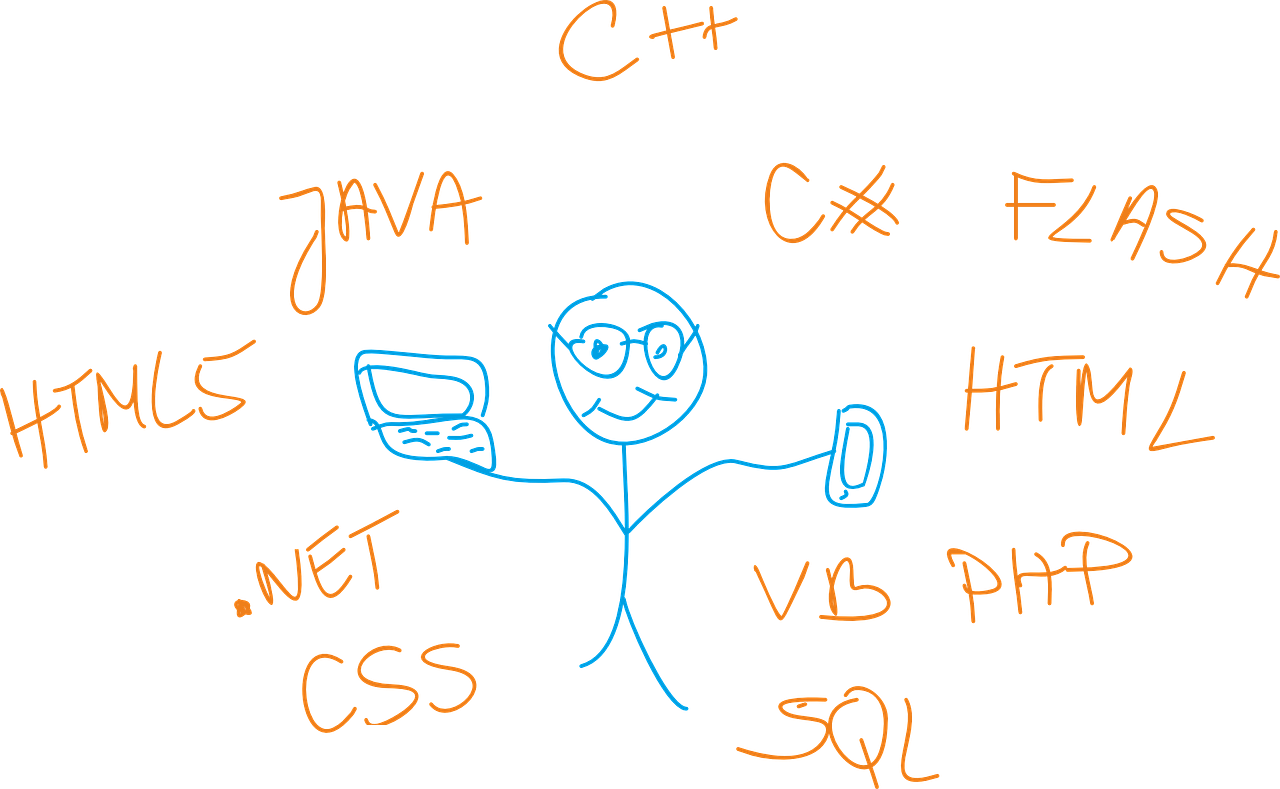Category Archives: Community
Years ago, I watched a film with my children (now adults themselves) called Meet the Robinsons. A running theme from the film is that it is OK to make mistakes because it is from those mistakes we can learn and “keep moving forward”.
An unfortunate perfect storm of several problems occurred which meant that on the 21st February 2024, the mariadb:latest Docker image would not work with PHP and NodeJS clients. Now, one of the things I helped introduce into the MariaDB Foundation is the concept of doing post-mortems, not just when things go wrong but when they go right too.
…
Continue reading “Post-mortem: PHP and MariaDB Docker issue”
In this blog we will explore how to setup a docker compose file in order to migrate from MySQL 5.7 to the latest MariaDB.
In the next blog we will explain how to setup a docker compose file to migrate from MySQL 8.0 to MariaDB.
The steps to migrate from MySQL 5.7 to MariaDB are:
- Start container by running docker-compose file
- Use the MySQL data directory and start MariaDB with MARIADB_AUTO_UPGRADE=1
Let’s explore each step.
1. Start MySQL
The MySQL container is started using the following docker-compose file.
…
It is the start of a new year, and with that brings the start of a new quarter, which means it is time for a contribution statistics update from us. I have lots of interesting data to walk you through this time, so let’s get started.
Year On Year Comparison
A good place to start would be to compare the previous year gone by with last year to see how we did. This table shows the number of organisations, contributors and commits to MariaDB Server in the last few years. The “Non-MariaDB” lines are contributors and commits by people who are not employed by MariaDB Plc or MariaDB Foundation.
…
Continue reading “MariaDB Contribution Statistics, January 2024”
Dear users of MySQL 5.7 (or 8.0)!
Are you interested in getting help migrating to MariaDB 10.6 or 10.11, the latest long-term support releases? Are you coming to Brussels for FOSDEM in February? Do you have an open attitude, not minding to show a bit of dirty laundry in front of other users?
Then you may be a perfect candidate for our MariaDB Migration Workshop at our pre-FOSDEM event on Friday 2 Feb 2024. The workshop will be led by none other than the father of both MySQL Server and MariaDB Server, namely Michael “Monty” Widenius.
…
We are in October, which means it has been 4 months since the last metrics report. It is, therefore, time for another quarterly metrics report (plus a bit more). The extra month was to allow for an announcement which is a prerequisite for this post, and it also means we are more or less aligned to real quarters. The major changes to this will come in the second half of this post, we have lots of additional data for pull requests. With that, let’s get started.
(more…) …
Continue reading “MariaDB Contribution Statistics, October 2023”
“The only workload that matters is my production workload” (for all values of “my”). So you can manage this responsibility, SCARY is a software tool which aims to take the uncertainty out of change; software, configuration and hardware changes. This is very early in development, but projects have to start somewhere.
SCARY takes a read view of the production database query execution, and does the equivalent query on a copy of the production database, that has differences. The query speed, query plan, data result (eventually) will be recorded along with what went on in production.
…
MariaDB Foundation polls are an informal way to get feedback from our community. They’ve always been a bit hidden, but the most recent poll sat on the mariadb.org front page for a while, and got a healthy 5,225 votes.
It asked “What programming languages do your applications that communicate with MariaDB use?”, and here are the results:
| Python | 30% |
| PHP | 30% |
| Java | 19% |
| NodeJS | 16% |
| C# | 15% |
| C/C++ | 11% |
| Bash/Shell/Powershell | 7% |
| Other | 7% |
| TypeScript | 6% |
| Go | 6% |
| Rust | 4% |
| R | 3% |
| Ruby | 2% |
How do we use these results?
…
MariaDB Foundation is having its next planning session for the MariaDB Server Roadmap at our MariaDB Unconference Tue-Wed 3-4 October 2023.
All key contributors will be there
This will be a top-level meeting with representatives of all key contributors to MariaDB Server. From MariaDB plc, we will have CTO Jonah Harris and VP Server Engineering Sergei Golubchik representing management and resource allocation. But MariaDB Server is not a one-vendor product. We expect similar level representation from our second-biggest contributor, Amazon, and we also have confirmed roadmap attendance by Webpros, Alibaba, IBM, Intel, and others.
…
Continue reading “Join us in planning the MariaDB Server Roadmap”






